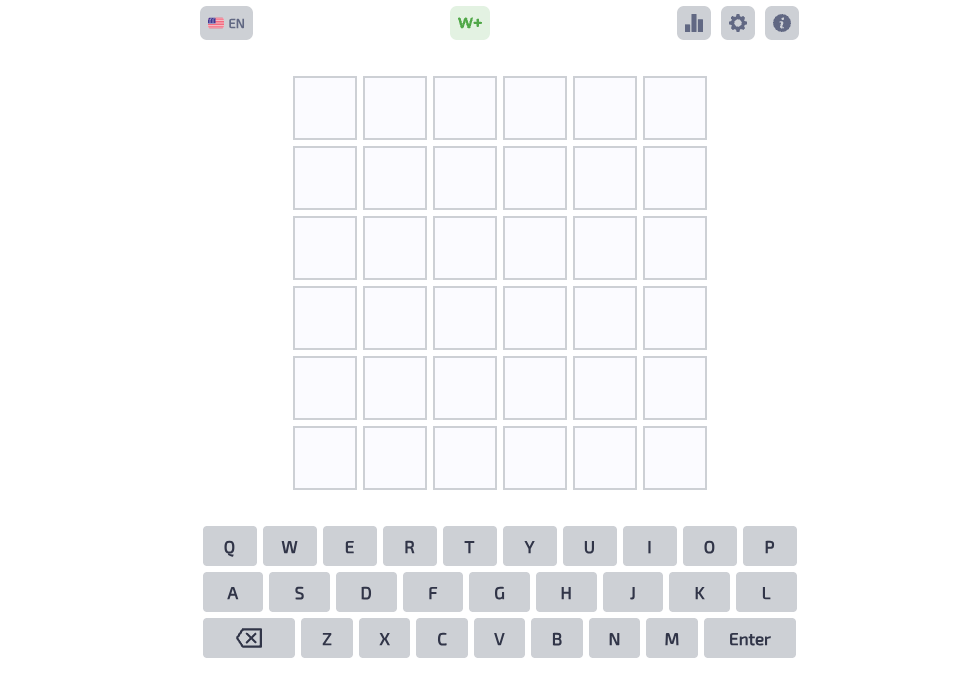Drop dominoes. Read the clues. Clear the board.
Keep exploring
Keep the momentum going with more arena racers, action trials, and puzzle standouts.

Speed Stars

Wordle 2

Underwheels

Stick It to the Stickman

Steal A Brainrot Unblocked

Clasherdle

Slope Rider

Smash Karts

Fireboy and Watergirl: Crystal Temple

Smash Karts
Master the numbered-edge domino challenge
Make Pips NYT your daily deduction ritual
Pips NYT turns classic domino logic into a crisp, modern browser puzzle built for short, satisfying sessions. Each board presents a tidy grid with clue numbers around the outer edges. Those numbers indicate how many pip halves must occupy the corresponding rows, columns, or segmented regions when your placement is complete. Your task in Pips NYT is to drag and arrange domino tiles so that every pip has a partner, no tiles conflict with each other, and all the border counts add up exactly. It sounds simple at a glance, but the elegance of the design keeps you thinking, adjusting, and grinning through a perfectly paced flow state. Because Pips NYT offers a new board every day, it naturally fits into a morning coffee routine, a lunch break brain stretch, or a wind-down focus exercise in the evening. The interface is tactile, the feedback instant, and the aha-moments dependable. As your instincts sharpen, you’ll notice how Pips NYT rewards calm observation and systematic reasoning over guesswork.
Understand the grid at a glance
Every round of Pips NYT begins with information you can trust: the border clues. Think of them as a promise about the final arrangement. If a row’s indicator shows zero, you know at once that no pip halves can live in that span, which means any tile that would intrude must be excluded or oriented to avoid it. Conversely, if a region displays the maximum possible count, you can confidently commit the relevant domino coverage early. This certainty is where Pips NYT really shines. From those anchors, you propagate truths outward, marking what must be true and what cannot be true until a neat pattern forms. The pleasure of Pips NYT is that you never need lucky guesses; you only need to apply consistent micro-deductions that chain together.
Play with deliberate habits
Veterans of Pips NYT cultivate a repeatable approach: survey extremes, mark impossibilities, and place only when contradictions disappear. Start by sweeping for rows, columns, or sub-regions that are obviously full or obviously empty according to their counts. Then consider adjacency rules. Each domino covers exactly two neighboring squares and each pip face requires a mate; when you drop a tile, you eliminate conflicting placements for the same number elsewhere. In Pips NYT, this cascading effect is your best friend. If you’re unsure, jot penciled candidates before committing. The built-in flow encourages trial layouts without penalty, letting you learn the puzzle’s language quickly. With repetition, Pips NYT teaches you to notice symmetries, parity constraints, and forced chains that help you solve boards faster and more cleanly.
Think in counts, not guesses
A reliable technique in Pips NYT is to keep a running mental tally of how many pip halves remain for a given line. When a row has only two open cells left but requires two pip halves, you’ve discovered a must-place scenario. When a column’s count is satisfied early, you know any remaining empty squares there must be blank in the final pattern, which, in turn, impacts perpendicular placements. These simple count audits are the heartbeat of Pips NYT. They replace uncertainty with structure and transform a busy grid into a checklist you can execute calmly.
Use contradictions to your advantage
Contradiction testing is another dependable move in Pips NYT. If you’re stuck between two orientations, briefly place one and scan the border numbers: do any lines now require more pip halves than remaining spaces allow? If so, you’ve proven the alternative must be correct. This lightweight what-if method keeps momentum high without devolving into random trial and error. Over time, Pips NYT players become fluent in spotting early contradictions that save dozens of moves later.
Strategy playbook for consistent wins
1) Prioritize extremes first
In Pips NYT, zeros and maximums are gold. Zeros instantly carve out safe spaces—you can rule out any domino coverage in those spans. Maximums let you lock in coverage immediately. Place these early to reduce the decision space, then reevaluate. After each commit in Pips NYT, repeat a quick border scan; you’ll often discover new forced placements created by your last move.
2) Respect local adjacency
Because every domino in Pips NYT creates a two-cell partnership, each placement constrains its neighbors. Check for corners and edges where fewer adjacencies exist; they commonly produce forced orientations. When two cells in a tight nook both must contain pip halves to satisfy a count, the tile that fits there usually becomes uniquely determined. Keep these micro-situations in focus and Pips NYT will unfold efficiently.
3) Track remaining sums
As you progress in Pips NYT, maintain a quick tally of how many pip halves a line still needs. A column that needed four and now has three accounted for can tolerate only one more; that single allowance might decide how you orient a tile elsewhere. This habit in Pips NYT prevents late-game jams where you realize you’ve overfilled a line and must unwind several steps.
4) Pencil before you lock
When a situation in Pips NYT has two plausible orientations, sketch both possibilities mentally or with light provisional marks. Then push each scenario forward a couple of implications. The wrong branch often collides with an impossible count, freeing you to commit the other. This gentle branching keeps Pips NYT brisk and reduces frustration without diluting the logic.
5) Recenter after each placement
Each time you finalize a tile in Pips NYT, pause for a heartbeat and rescan the affected lines. New zeros, completed counts, or near-complete lines are your cue to harvest additional forced moves. This simple loop—place, scan, harvest—carries you through even the trickiest Pips NYT boards with consistent pace.
Why the experience feels so good
Tactile flow with meaningful feedback
The drag-and-drop interface of Pips NYT makes logic feel physical. You aren’t just checking boxes—you’re arranging pieces and seeing the grid respond. Subtle confirmations let you know when you’re on the right track without solving the puzzle for you. That balance makes Pips NYT approachable for beginners and satisfying for veterans who crave clean, earned progress.
Daily cadence and evergreen depth
The fresh board each day keeps Pips NYT from getting stale, while the core rules remain steady so your growing intuition transfers forward. New solvers can hop into Pips NYT for a five-minute challenge; experts may spend longer chasing flawless, no-undo clears. Either way, the compact scope means you can finish with a genuine sense of accomplishment.
Accessible, device-friendly design
Because Pips NYT runs smoothly in the browser, it fits wherever you prefer to think—on a laptop at breakfast or on a tablet during a commute. The clarity of the tiles and border numbers ensures you can parse the state quickly, making Pips NYT a natural choice for focused, screen-time that feels restorative rather than draining.
Quick start: your first perfect clear
Step 1: Sweep for certainties
Open a new Pips NYT board and immediately mark every zero line as off-limits for pips. Fill any line that is already at or near its maximum with the obvious placements. This foundation makes the rest of Pips NYT read like a connected story rather than a jumble of guesses.
Step 2: Lock corners and edges
Edges reduce adjacency, which often forces the orientation of nearby tiles in Pips NYT. When you find a cell that must be a pip half to satisfy an edge count, trace which neighbor it can legally bond with—usually only one partner fits.
Step 3: Alternate between rows and columns
Whenever you place in Pips NYT, check the perpendicular line. A single domino can tip a column from underfilled to complete, or turn a row into a zero-tolerance zone for additional pips. This back-and-forth rhythm is the secret to breezing through Pips NYT without stalls.
Step 4: Validate with quick contradictions
If two orientations look viable in Pips NYT, pick one temporarily and test it against the nearby counts. The moment it exceeds an available quota, discard it and adopt the other. This keeps your solution path crisp and minimizes backtracking.
Whether you’re brand new to logic grids or a dedicated puzzler seeking a refined daily challenge, Pips NYT delivers a clean, thoughtful experience that respects your time and intelligence. Clear visuals, dependable rules, and a steady supply of fresh boards make Pips NYT an easy game to recommend—and an even easier habit to keep.
Drop dominoes. Read the clues. Clear the board. is ready to play
Solve numbered-edge domino grids in Pips NYT: place tiles, satisfy pip counts, and enjoy a fresh daily brain workout with smooth drag-and-drop flow.
Share Drop dominoes. Read the clues. Clear the board.
Spread the word, invite friends, or bookmark this page to revisit the story whenever you need it.